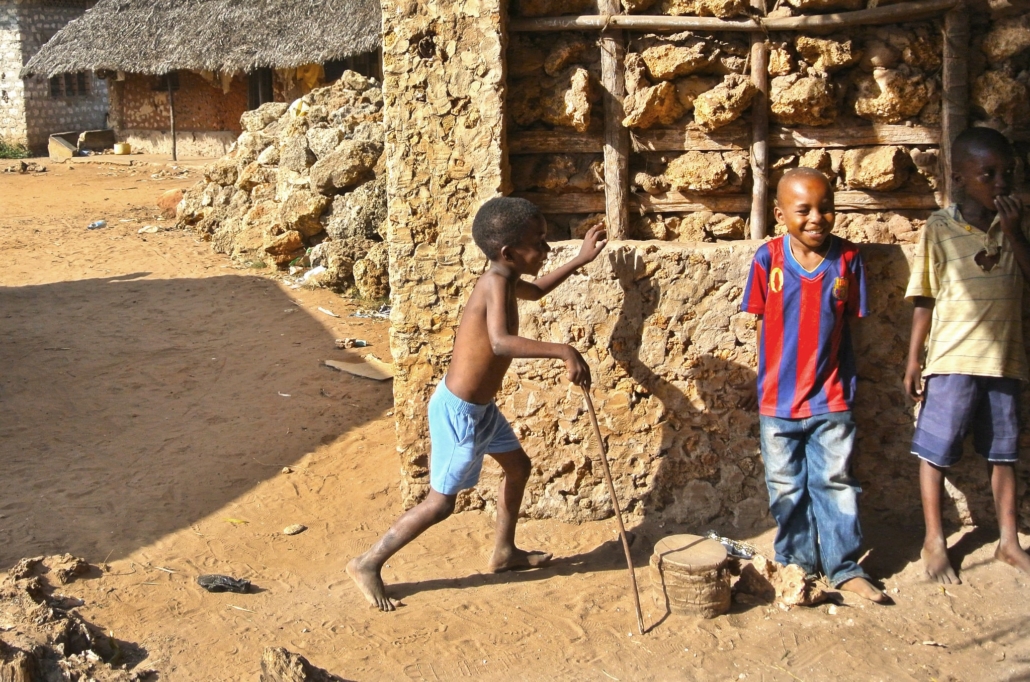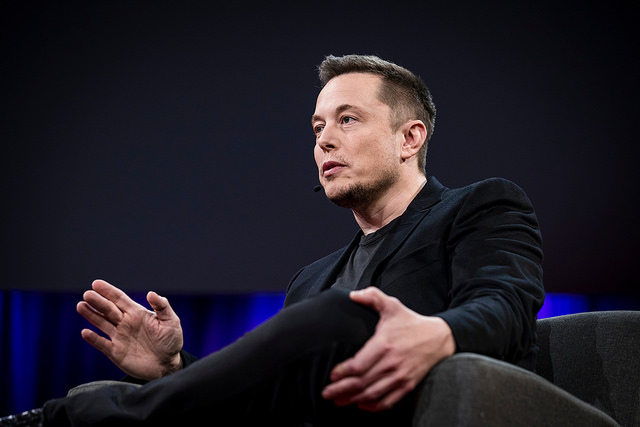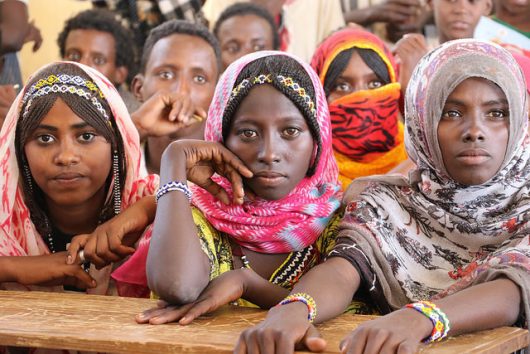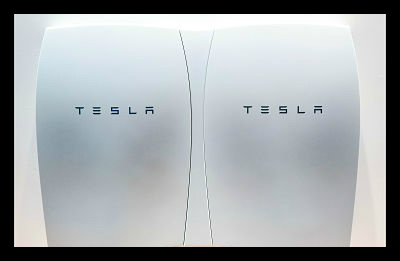 The appeal of artificial intelligence has skyrocketed in recent years – with its impressive ability to mimic human intelligence and grow smarter with each interaction.
The appeal of artificial intelligence has skyrocketed in recent years – with its impressive ability to mimic human intelligence and grow smarter with each interaction.
AI has seen a particular rise in the technology sector with Elon Musk’s self driving Tesla vehicles and programs such as ChatGPT, which boasts its conversations can sound human-like.
Now, with the help of PeriGen, Inc, Baylor College of Medicine and the Area 25 Community Hospital, artificial intelligence has developed a new skill: saving lives with AI-powered fetal monitoring.
Malawians Need Change in Prenatal Health Care
One in every 200 Malawian women dies when delivering a baby, and 2-6% of babies die during delivery both inside and outside of the womb. This is said to be due to a low nurse-to-patient ratio, with midwives struggling to continuously monitor babies within the womb and manage full labor wards.
The nurse-to-patient ratio within Malawi was, as of 2015, just one third of the WHO’s recommended 10 nurses for every 10,000 people. In the same 2015 study, Malawian nurses cited a lack of resources and high workloads as a challenge.
Malawi and other developing countries often do not have access to scanning technology and rely on physical methods of monitoring development, such as physical examination. This can sometimes give incorrect measurements. If these measurements are incorrect and a baby is not developing correctly, this increases the risk of stillbirth or neonatal death.
With the help of AI, however, these struggles may become a thing of the past.
Fetal Monitoring Results in Decreased Stillbirths
PeriGen’s fetal monitoring software continuously scans vitals and notifies clinicians immediately if there is any change in the patterns. This allows for timely treatment. In addition to giving details on labor progression, it monitors vitals for both mother and child.
The software tracks hundreds of patients at a time, twenty-four hours a day, seven days a week. Currently in place in the Area 25 Community Hospital in Malawi, the monitoring works by capturing patient data at the bedside, and then transmitting this data to PeriGen’s Houston headquarters. There, it is assessed before being transferred back to Malawi in an instant. PeriGen’s software allows for care to extend across many hospital sites at once, and reaches many patients.
Results of the software appear promising. Head nurse at the hospital, Dziwenji Makombe, says that the AI monitoring tool is “the best … strategy” to prevent stillbirths. The hospital saw a 75% reduction in stillbirths and early neonatal deaths.
There is hope that this software can be used across other developing countries with similarly promising results. Not only will this fetal monitoring tool reduce neonatal deaths, but it will help to decrease poverty.
When people live in areas where child mortality rates are low and the child can survive, they have fewer children. Less overpopulation means less poverty.
If this software continues to be effective, it will become a beacon of hope to other developing countries besides Malawi. It can save the lives of newborn children and expectant mothers residing there.
– Chloe Jenkins
Photo: Flickr



 Over the last few years, there has been a lot of turbulence between the U.S. and China, especially in the areas of business and trade. Through all of the challenges though, U.S. car company, Tesla, managed to erect one of its famed Gigafactories in China in 2018 — one of the world’s largest emerging markets. Other than reducing the price of Teslas globally, the Shangai Gigafactory will also continue to raise employment in China and allow the Chinese economy to better develop.
Over the last few years, there has been a lot of turbulence between the U.S. and China, especially in the areas of business and trade. Through all of the challenges though, U.S. car company, Tesla, managed to erect one of its famed Gigafactories in China in 2018 — one of the world’s largest emerging markets. Other than reducing the price of Teslas globally, the Shangai Gigafactory will also continue to raise employment in China and allow the Chinese economy to better develop.

 The recent ravaging of the island territory of
The recent ravaging of the island territory of 

